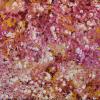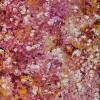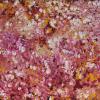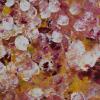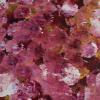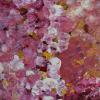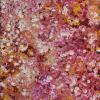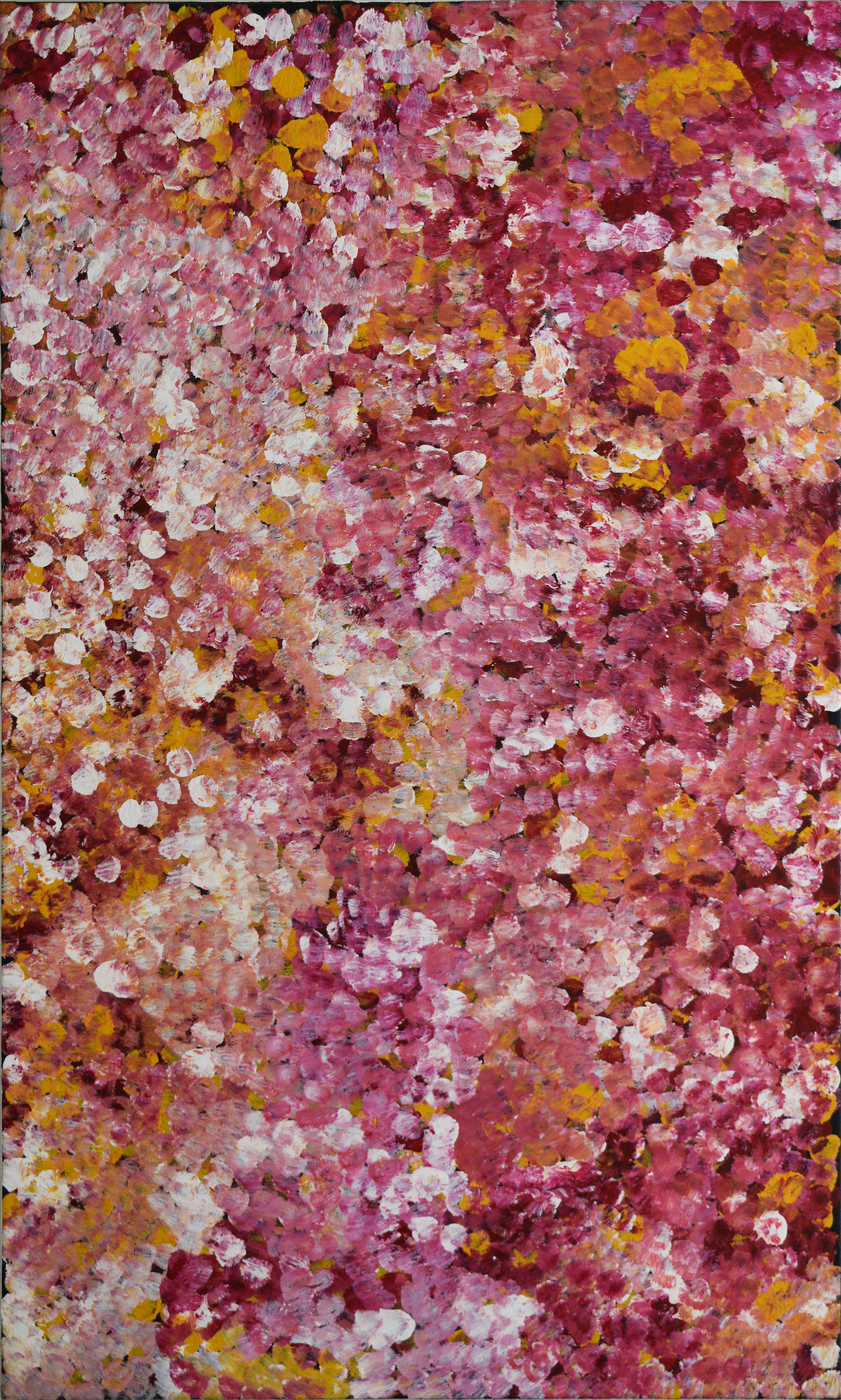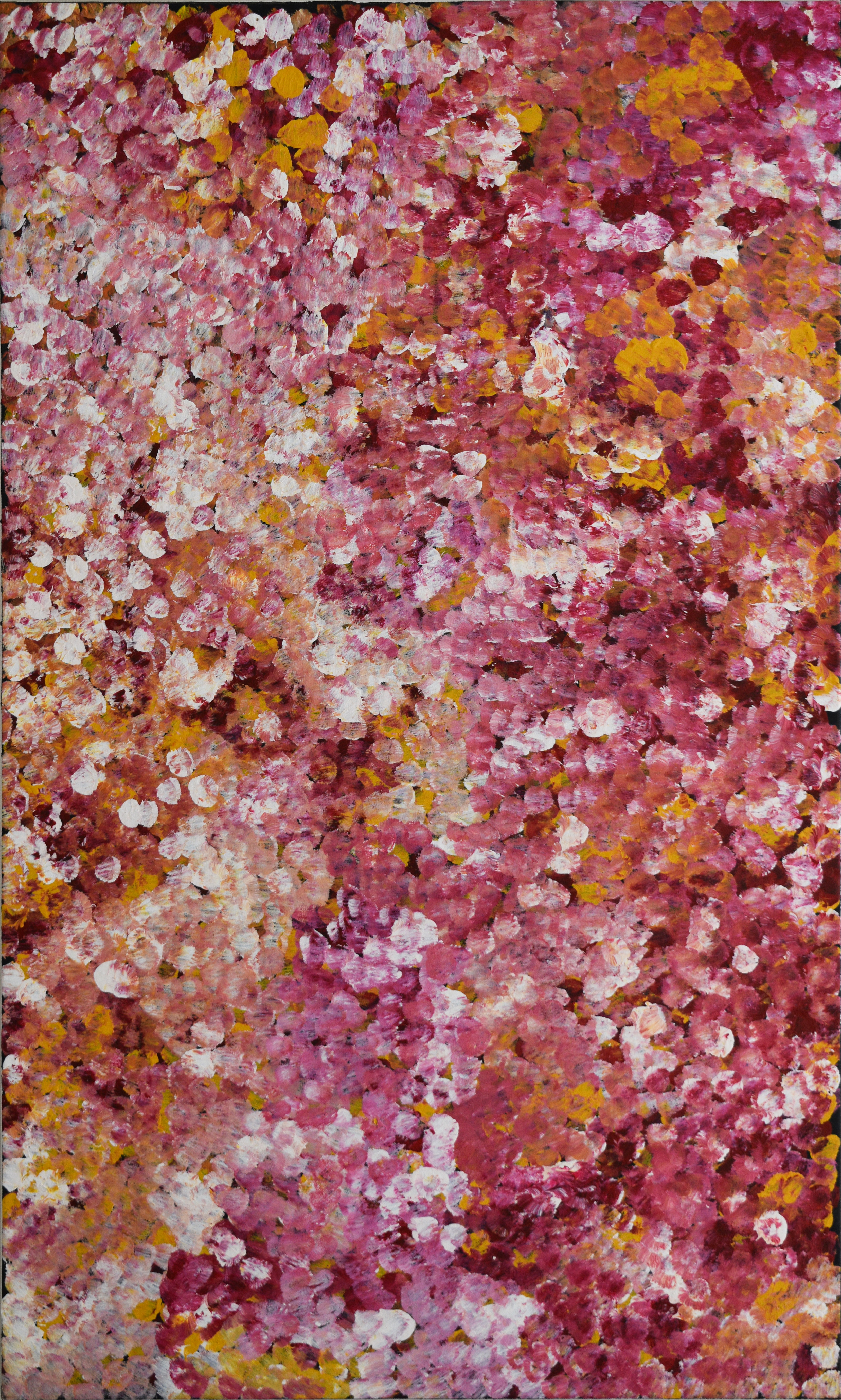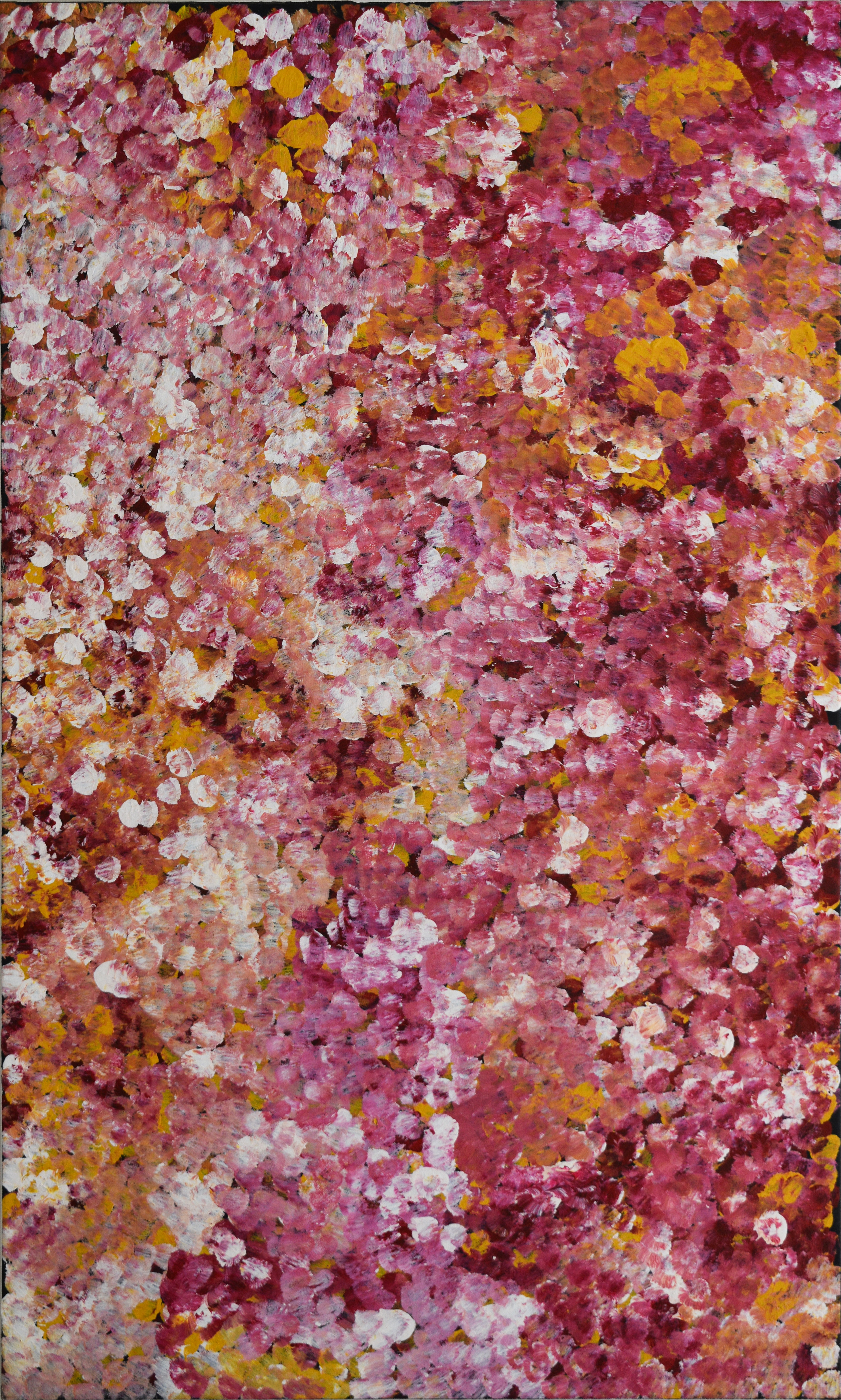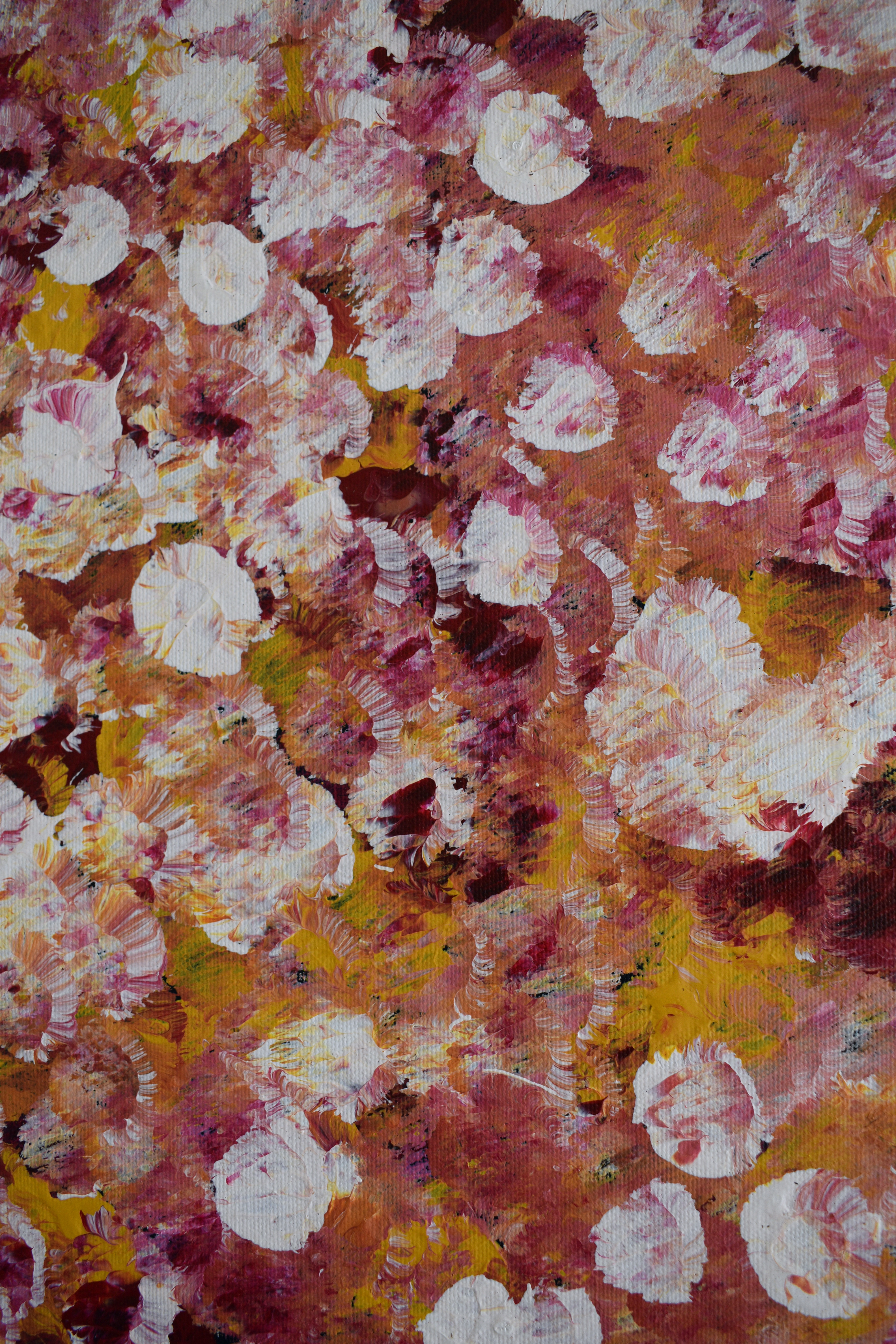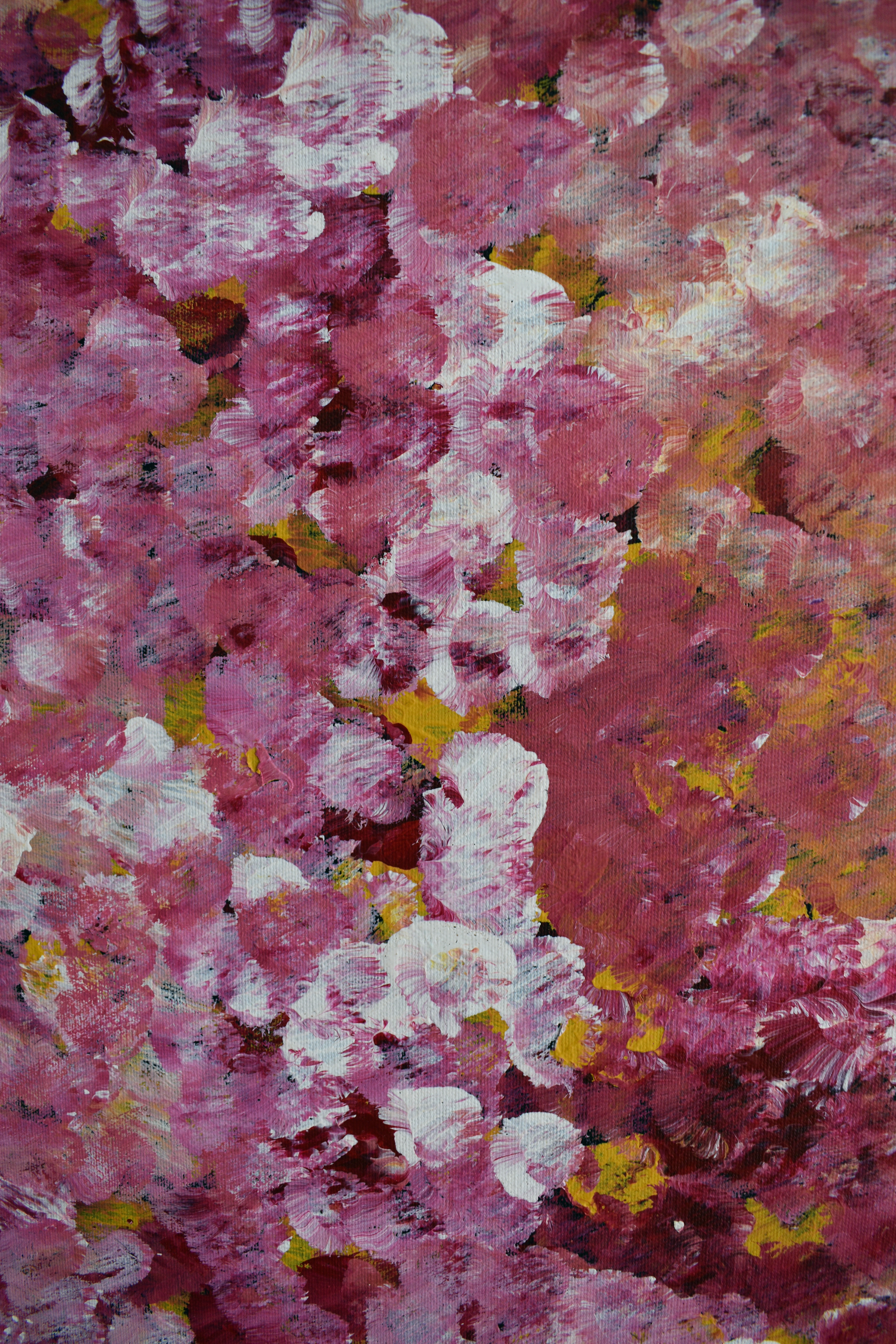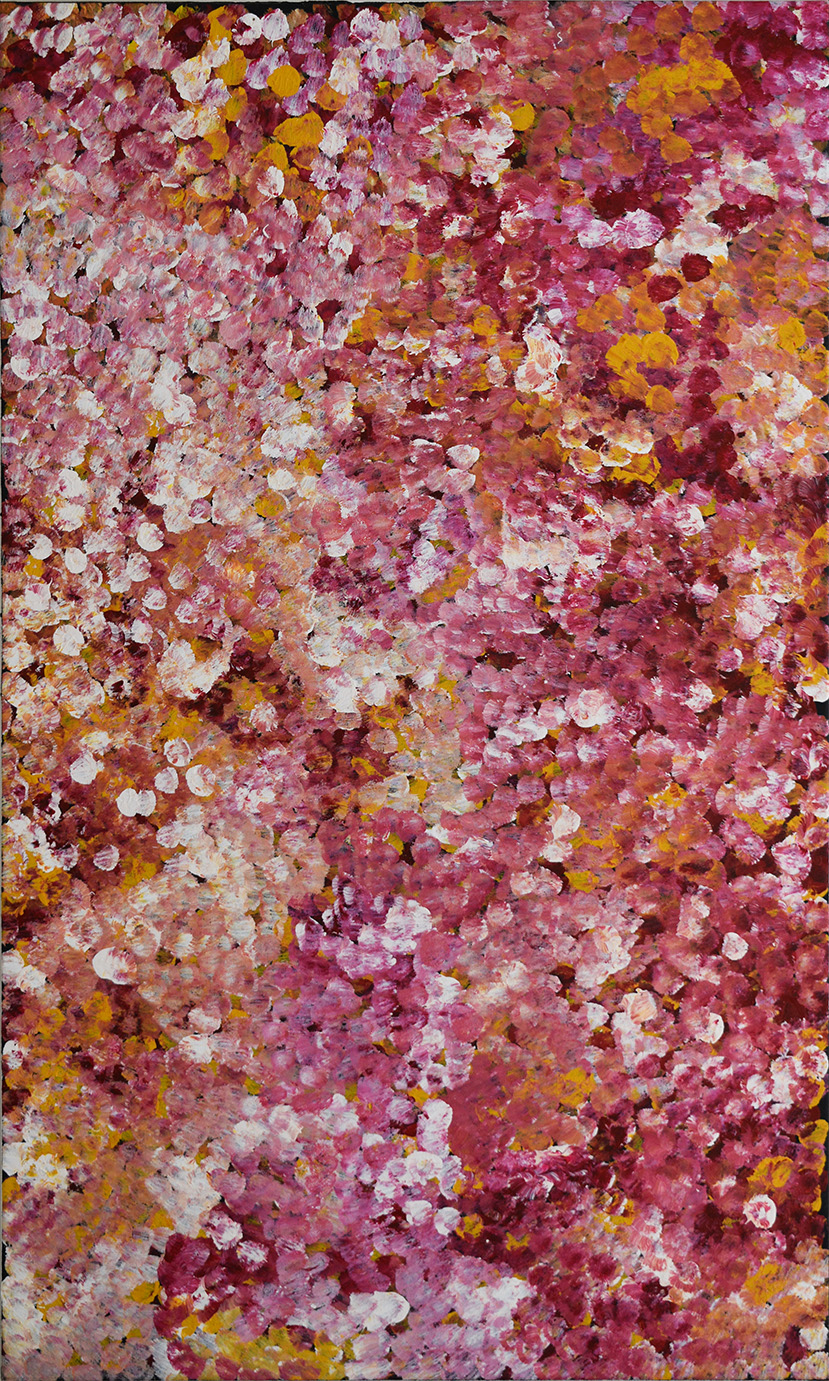Marilyn Golder Kngwarreye uses a richly coloured palette to depict her country, painting the leaves and flowers of the yam, which become abundant after rain in the desert. The tubers of this plant are an important source of food, and the yam dream plays an important role in the cultural expression of the Anmatyerre. The yam is harvested by the women of the Utopia community. Its roots, growing from the stem, can be up to 12 metres long. The plant can be recognised by its green leaves and yellow flowers. The edible part is close to the roots, and must be located and dug up to be picked. This plant is generally found near a water source.
Marilyn Golder Kngwarreye comes from Utopia, a famous artistic community located in the heart of Australia's central desert, and is a perfect example of this school of painters in which women have always played a leading role: Utopia was originally formed from a women's silk batik cooperative - a technique consisting of applying wax to a textile base, which is then dyed. This technique, imported from Indonesia, was initially used to decorate clothing, but gradually gave rise to genuine works of art. The artists of Utopia were also inspired by the paint motifs they used to cover their bodies to celebrate their fertility rites, and soon mixed them with drawings inspired by the rich flora of their native region, which they reproduced freehand (sometimes with a brush, sometimes with wax crayon). Finally, they transposed these motifs onto canvas, to celebrate the myths - or ‘dreams’ - of which they were the guardians.
